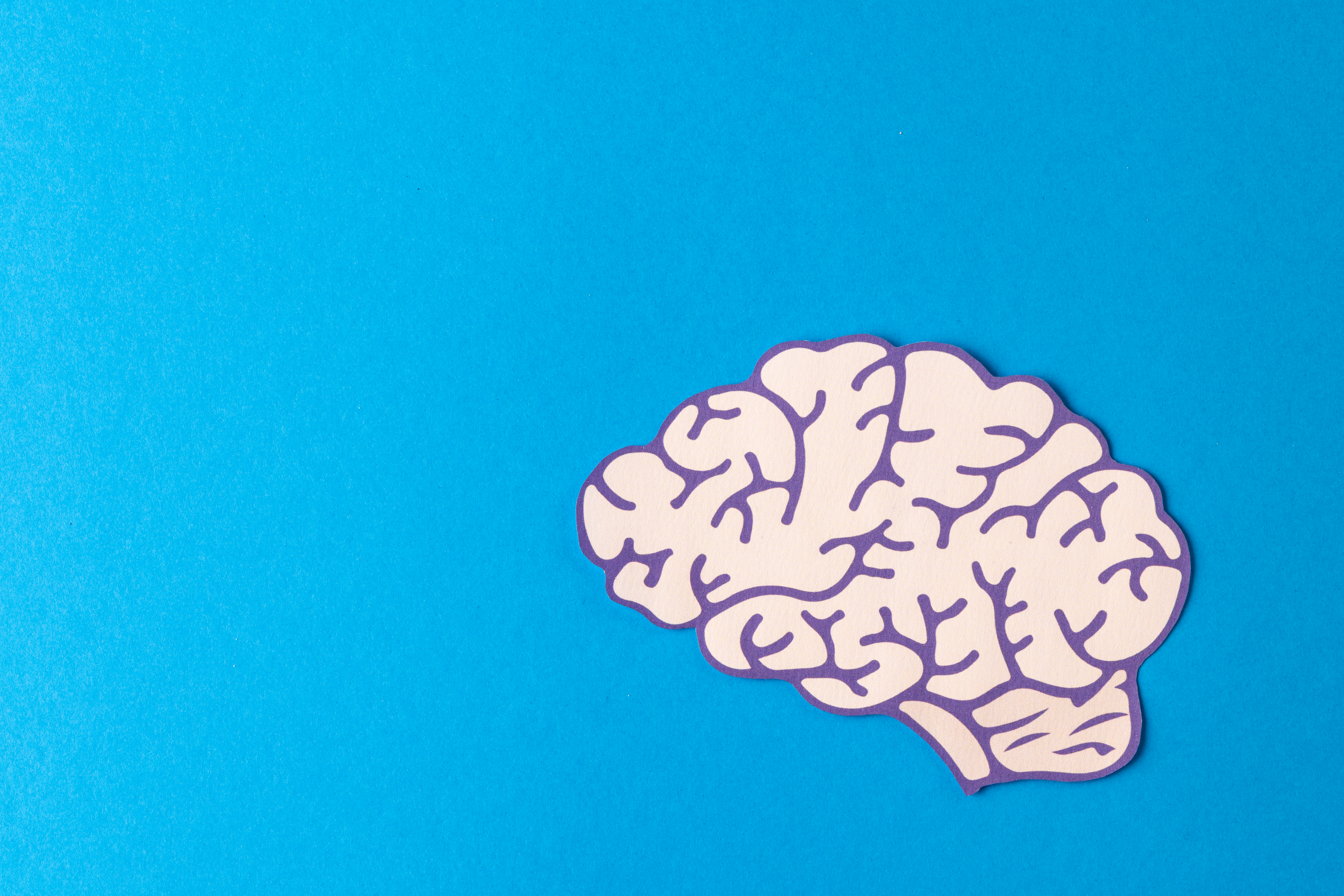The future of brain health is undoubtedly an exciting and rapidly evolving area of focus for us. At APEX Brain Centers, we are committed to staying on the leading- edge of new and innovative treatments such as hyperbaric oxygen therapy and low-level laser therapy. These therapies have shown promising results in various brain-related disorders and have revolutionized how we approach neurological rehabilitation.
Hyperbaric oxygen therapy can potentially improve cognitive function by promoting neuroprotection and reducing brain damage, while low-level laser therapy is emerging as a promising option for enhancing cellular energy production and neuroplasticity and optimizing brain function. In our practice, we focus on providing comprehensive care to address the needs of individuals with brain injuries, cognitive impairments, and learning and behavioral disorders such as OCD, anxiety, ADHD, and addiction.
Our approach at APEX Brain Centers emphasizes functional neurology, low-level laser therapy, hyperbaric oxygen therapy, and neurofeedback. We also utilize balance and vestibular therapies, eye movement rehabilitation, frequency-based modalities, metabolic and nutritional therapies, and home care programs to support recovery and promote optimum mental health. This combination of advanced treatments allows us to deliver our patients the most effective and personalized care while setting the stage for truly transformative healing and improved brain health outcomes.
Fundamentals of Hyperbaric Oxygen Therapy
At APEX Brain Centers, we emphasize the importance of various therapies in our practice to address the needs of individuals with brain injuries and cognitive impairments. One such treatment, known as hyperbaric oxygen therapy (HBOT), has gained recognition for its effectiveness in improving brain function and healing.
Hyperbaric oxygen therapy involves inhaling concentrated oxygen in a pressurized environment, specifically a hyperbaric vessel. This treatment modality increases the atmospheric pressure within the vessel while the patient breathes oxygen. There are two types of hyperbaric therapies: high pressure and mild. Mild HBOT utilizes pressures up to 1.5 ATA (atmospheres absolute), whereas high-pressure HBOT can go up to 3.0 ATA or higher.
The increased pressure and oxygen levels during HBOT promote various physiological benefits. For instance, oxygen delivery to tissues improves, which assists in the healing process of damaged areas within the brain. Additionally, HBOT stimulates the formation of new blood vessels (angiogenesis), enhances the immune response, reduces inflammation, and promotes the release of growth factors and stem cells.
By combining these synergistic therapies, we strive to ensure that our patients at APEX Brain Centers receive the most effective care possible, leading to lasting improvements in their overall well-being.
Effects on Brain Health and Cognitive Function
At APEX Brain Centers, we utilize leading-edge treatments such as hyperbaric oxygen therapy and low-level laser therapy to support brain health and promote cognitive functioning. These therapies have shown promising results in the treatment of brain injuries, both traumatic and acquired and cognitive impairments, ultimately improving the quality of life for our patients.
Hyperbaric oxygen therapy (HBOT) increases brain oxygenation, improving cerebral metabolism and neurocognitive function. Research indicates that HBOT can induce neuroplasticity and enhance cognitive functions in various neurological disorders. By providing an optimal environment for tissue repair and regeneration, HBOT may produce significant improvements in patients suffering from the effects of traumatic brain injuries.
On the other hand, low-level laser therapy (LLLT) employs concentrated sources of low-intensity light to stimulate cellular processes that enhance brain function and facilitate healing. LLLT increases cellular energy production, cerebral blood flow, reduces inflammation, and stimulates the production of essential neurochemicals. Its ability to harness the natural healing properties of light energy makes LLLT a valuable tool in our comprehensive treatment approach.
Role in Treatment of Brain Disorders
At APEX Brain Centers, our focus is on helping individuals optimize their brain health and function. One area that has shown exceptional promise is the use of innovative therapies like hyperbaric oxygen therapy (HBOT) and low-level laser therapy (LLLT) for treating various brain disorders, including stroke, Alzheimer’s disease, cerebrovascular injury, post-traumatic stress disorder (PTSD), and post-concussion symptoms.
HBOT allows for improved oxygen delivery to the brain and promotes healing in damaged tissues. Studies have demonstrated the neuroprotective effects of HBOT, illustrating its potential to enhance cognitive function and overall quality of life in patients with brain disorders. In cases of stroke and cerebrovascular injury, for example, HBOT can help minimize neurological deficits and reduce inflammation.
Complementary to HBOT, LLLT is a non-invasive therapy that utilizes specific wavelengths of light to stimulate cellular processes and induce healing. Research has shown that LLLT can promote ATP production (energy), neurogenesis, reduce neuroinflammation, and improve overall brain function in various neurological conditions. It is a versatile tool for addressing brain injury, cognitive impairment, and learning and behavioral disorders when applied with neurological rehabilitation modalities where we layer these therapies for maximum benefit.
Our experience over the past two decades has consistently shown that using therapies like HBOT and LLLT can lead to improvements in cognitive function and quality of life for individuals battling various neurological and behavioral disorders. By staying committed to delivering leading-edge treatments and comprehensive care, we at APEX Brain Centers continue to make strides in advancing the future of brain health.
Potential Risks and Side Effects
At APEX Brain Centers, we prioritize the safety and well-being of our clients when providing treatment options such as hyperbaric oxygen therapy. Nevertheless, being aware of potential risks and side effects associated with these therapies is essential.
Hyperbaric oxygen therapy can sometimes cause ear complications due to the changes in air pressure during the treatment. This change in air pressure can lead to discomfort or inability to equalize pressure, which may result in a popped eardrum. This risk is minimal with mild HBOT.
Clients might also experience headaches following hyperbaric oxygen therapy sessions. Headaches usually occur because of the pressurized environment, causing changes in blood flow and oxygen levels, as well as being a sign of cellular detoxification.
A rare yet serious complication of hyperbaric oxygen therapy is oxygen poisoning. Breathing in pure oxygen can potentially cause oxygen toxicity, which can lead to cell damage, seizures, or lung failure. These risks are rare when utilizing concentrated vs. pure oxygen.
Claustrophobia can be an issue for some individuals during hyperbaric oxygen therapy due to the confined space in the treatment chamber; although, most of our patients are able to overcome these fears when understanding the benefits of the therapy. It is crucial to discuss any concerns related to claustrophobia with our team before starting the treatment.
While some risks and side effects may be associated with hyperbaric oxygen therapy, our experienced team is well-equipped to mitigate these concerns, offering a holistic approach to brain health and recovery.
LLLT comes with minimal to no risk as they are not heat-producing (thermal) devices. Excessive treatment times and close contact with skin can cause light heating in some cases, although burns are extremely rare with LLLT.
Clinical Trials and Research Evidence
At APEX Brain Centers, we closely monitor the latest research in our field to optimize our approach to brain health continually. Clinical trials and research evidence play a crucial role in guiding our methodology as we investigate the therapeutic potential of hyperbaric oxygen therapy (HBOT) and low-level laser therapy (LLLT) in treating a range of neurological conditions.
Recently, randomized clinical trial results have shown that HBOT serves as a primary or adjunctive therapy in a wide range of pathologies, including carbon monoxide poisoning, decompression illness, and gas embolisms, among others. There is also ongoing research exploring HBOT for post-concussion syndrome and cognitive improvement after it is known to help in conditions such as diabetic wounds and carbon monoxide intoxication (source).
In our experience in providing comprehensive care for individuals with cognitive impairments, learning and behavioral disorders, and brain injuries, functional neurology assessments and interventions have proven to be crucial. Our approach becomes more effective when combined with research-backed modalities like HBOT and LLLT.
Insurance and Cost Considerations
At APEX Brain Centers, we understand that financial concerns can be a significant factor when considering treatment options for brain health and recovery. While some insurance companies may cover certain aspects of hyperbaric oxygen therapy (HBOT) for life-threatening conditions such as burns, carbon monoxide poisoning, etc., many do not provide coverage for chronic care needs such as post-concussion syndrome, cognitive impairment, and other neurological issues as it is still considered an experimental treatment for neurological conditions. Medicare also has limitations in terms of coverage for specific conditions requiring HBOT.
LLLT may be covered for certain applications, and we can provide patients with appropriate CPT codes for them to submit to their carrier as we do for all services rendered.
In our practice, we strive to provide the most cost-effective, evidence-based therapies to promote better patient brain health and outcomes. We encourage those interested in HBOT or low-level laser therapy (LLLT) to consult with their insurance providers to understand their coverage options for these treatments, with the understanding that they may or may not receive out-of-network reimbursement for these procedures – even if they are told it is a covered service.
It’s essential to remember that costs will vary for each individual, depending on their specific needs. Factors such as the number of treatment sessions, the severity of the condition, and the type of therapy utilized will all affect the total cost of treatment. While insurance may assist, patients should be prepared to cover out-of-pocket expenses.
To help make our services more accessible, we offer multiple flexible payment options and strive to work with patients to find a financing solution that best meets their needs. In our commitment to assisting individuals in achieving optimal brain health, we continuously evaluate new treatment strategies, technologies, and therapies for their effectiveness to maintain cost efficiency without compromising the quality of care.
Remember, investing in brain health is an essential part of achieving overall well-being. We encourage you to explore all available treatment options and financing support to ensure you can access the care you need and deserve.



